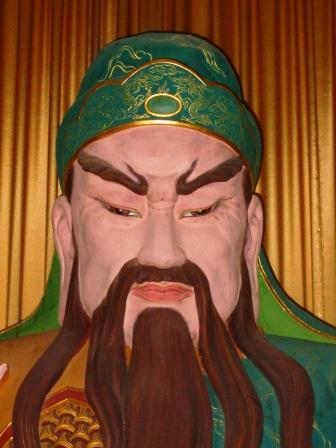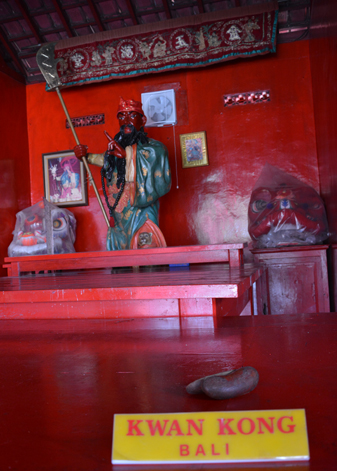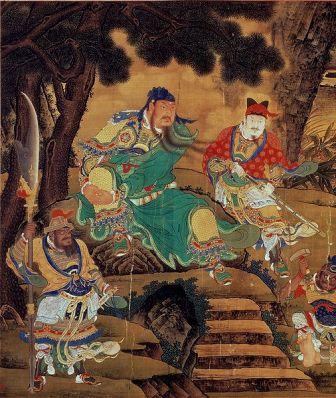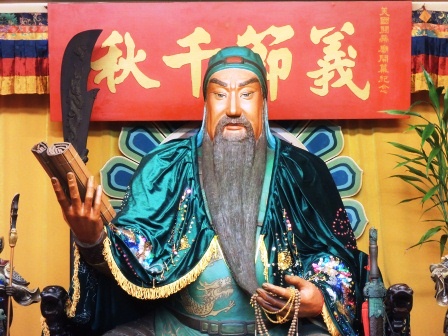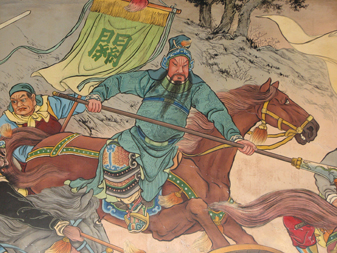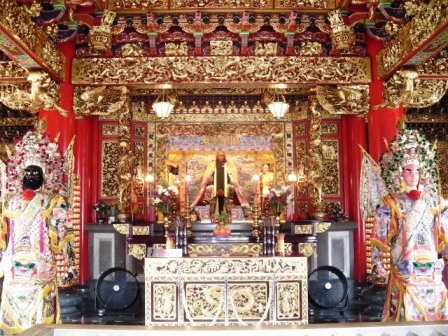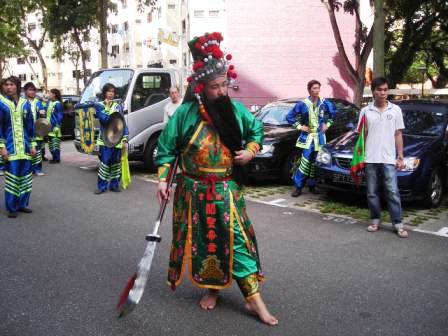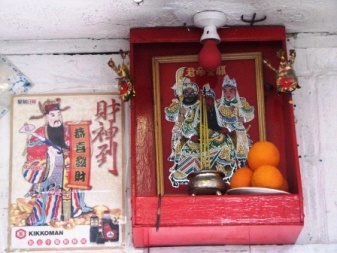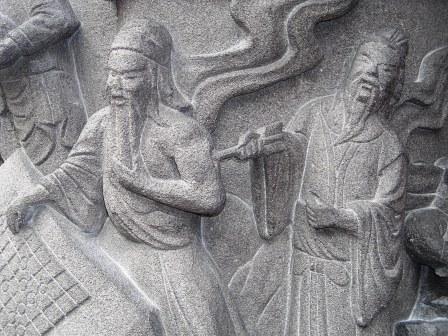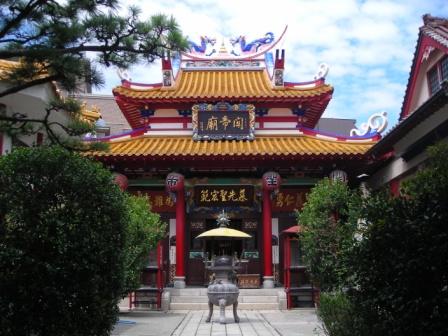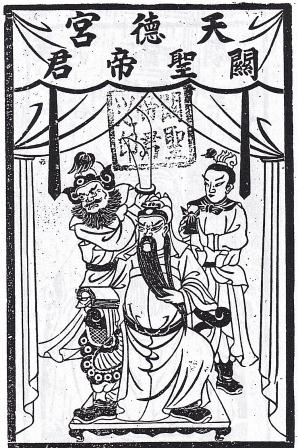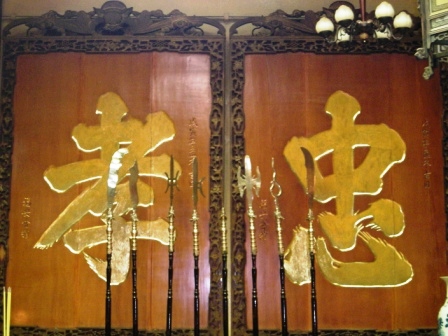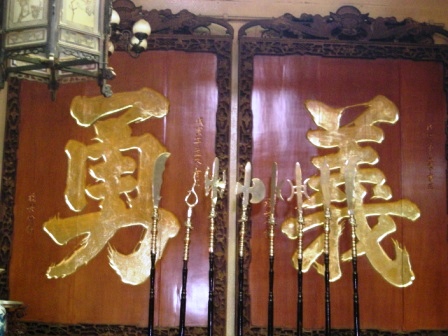A timely win for vernacular schools in Malaysia
PUTRAJAYA: The Chinese and Tamil schools are here to stay.
The Federal Court had refused an application by two non-governmental organisations (NGOs) to seek leave to appeal against an earlier ruling that the use of Chinese and Tamil languages in these schools is constitutional.
A three-member panel led by Justice Mary Lim Thiam Suan, in a 2-1 majority decision, dismissed the application by Islamic Education Development Council (Mappim) and the Confederation of Malaysian Writers Association (Gapena) against the Appeals Court’s decision on Nov 23 last year.
ALSO READ: A timely win for vernacular schools in Malaysia
The Appeals Court had affirmed that the existence and establishment of vernacular schools and the use of Chinese and Tamil languages in those schools are constitutional.
Justice Lim and Justice Rhodzariah Bujang dismissed the application of both petitioners, while Justice Abdul Karim Abdul Jalil dissented.
In delivering the majority decision, Justice Lim said the court found that Mappim and Gapena failed to meet the requirements under Section 96(a) of the Courts of Judicature Act 1964 to be granted leave to appeal on constitutional matters that had been amended by the petitioners.
“Therefore, the application for leave to appeal is dismissed with no costs,” she said.
ALSO READ: Federal Court's decision is a victory for vernacular schools, says Dr Wee Ka Siong
Prior to this, the two NGOs, through their lawyer, Mohamed Haniff Khatri Abdulla, submitted eight questions which consisted of six constitutional and two legal questions. However, the questions were later amended and only one constitutional question was presented to the court.
The constitutional question was whether the medium of instruction in the teaching and learning process in national-type Chinese and Tamil schools, established under Sections 2, 17 and 28 of the Education Act 1996 (Act 550), is an official matter and subject to the obligation under Article 152(1) of the Federal Constitution. Article 152(1) mandates the use of the national language for all official matters.
On Dec 29, 2021, High Court judge Justice Mohd Nazlan Mohd Ghazali (now Court of Appeal judge) dismissed the lawsuit brought by GPMS, Mappim, Gapena and Isma. GPMS did not file an appeal.
On May 29 last year, in the Kota Baru High Court, judicial commissioner Abazafree Mohd Abbas (now High Court judge) also ruled that the existence of vernacular schools is constitutional and dismissed a suit filed by I-Guru.
In their suit, GPMS, Mappim, Gapena and Isma named several parties including the Malaysian government, Chinese education groups Dong Zong and Jiao Zong, Persatuan Thamizhar Malaysia, Persatuan Tamilar Thurunal (Perak) and four political parties – MIC, MCA, Gerakan and Parti Bumiputra Perkasa Malaysia – as respondents.
I-Guru, meanwhile, named the Education Minister and the Government of Malaysia as respondents and sought a declaration that Sections 17 and 28 of the Education Act 1996 are inconsistent with Article 152 of the Federal Constitution.
The Chinese Language Council, Tamil Neri Association, Confederation of former Tamil School Pupils, MCA and Dong Zong were allowed to be interveners in the suit filed by I-Guru. Isma and I-Guru were not parties in the application for leave yesterday.
In yesterday’s proceedings, only the United Welfare of Retired Tamil Teachers Association Malaysia, Chinese Language Council, Malaysian Tamil Neri Association and United Association of Malaysian Tamil Students did not oppose the constitutional question by Gapena and Mappim, while 10 other respondents including the Minister of Education and Government of Malaysia opposed.
Earlier, Mohamed Haniff Khatri submitted that the application involved a matter of public interest that has never been challenged in court since independence. He said the matter should be brought to the Federal Court to be solved once and for all.
“If a decision is made at the Federal Court, perhaps it will not be challenged again, but if this application is only settled at the Court of Appeal, certain parties may try to challenge it again in court over the next 10 years,” he said.
Senior federal counsel Liew Horng Bin, representing the Malaysian Government and Education Minister, submitted that there was no merit in the application and both NGOs failed to establish that the case was of public importance.
Datuk Malik Imtiaz Sarwar, who acted for Chong Hwa Independent High School of Kuala Lumpur, said there was a distinction between a political issue and a legal one.
“It is not necessary for the court to grant permission to hear constitutional issues,” the lawyer said. — Bernama
Related stories:
A timely win for vernacular schools in Malaysia
Federal Court's decision is a victory for vernacular schools, says Dr Wee Ka Siong
Court: It’s protected by Constitution
Chinese and Tamil schools will continue operating
Vernacular schools: Appeals court upholds constitutionality, dismisses appeals by NGOs
TCM practitioners exempted from 8 pct service tax - YouTube
;
Traditional and complementary medicine practitioners registered under the T&CM Act 2016 will be exempted from the 8 percent service tax. Finance Minister II Datuk Seri Amir Hamzah Azizan said as long as the TCM practitioners are registered with the Act under the Health Ministry, they will be exempted from the service tax that will come into effect on March 1.
Tax exemption for traditional and complementary medicine ...
PETALING JAYA: Consumers can heave a sigh of relief as Traditional and Complementary Medicine (T&CM) services will now be exempted from the 8% Sales and Service Tax (SST) from March 1, a U-turn from what was previously gazetted.
This reversal by the Finance Ministry reflects a consideration for the well-being of the people, prioritising healthcare accessibility, said Second Finance Minister Senator Datuk Seri Amir Hamzah Azizan.
He added that this exemption aligns with the Madani Malaysia concept, which is part of the Madani Economy Rakyat empowerment framework.
“The decision was agreed upon by the Prime Minister and Finance Minister Datuk Seri Anwar Ibrahim as this is a step to improve the health and comfort of the people.
ALSO READ: It’s the voice of the people being heard, says Dr Wee
“At the same time, the Madani Economy framework will continue to empower small and medium enterprises (SMEs) which employ more than half of the labour in Malaysia.
“The government has acknowledged that SMEs still have a journey ahead before they can enter the global market.
“Therefore, these entrepreneurs rely on domestic demand for their business survival, especially those SMEs offering services to Malaysians,” said Amir Hamzah in a statement.
The Finance Ministry further stated that practitioners registered under the Traditional and Complementary Medicine Act 2016 (Act 775) do not need to register with the Customs Department.
“The services which will be exempted from SST will be on traditional Malay medicines, Chinese traditional medicines, Indian traditional medicines, homeopathy, chiropractic medicines, osteopathic medicines and Islamic faith healing.
“The Finance Ministry agreed that the decision will be imposed from March 1 onwards on services provided by health and wellness centres which are run by T&CM practitioners who are registered under the Act 775 for the stated services,” he said.
On Jan 6, The Star had published an article quoting T&CM practitioners questioning why they were not exempted from the 8% SST as they are categorised and recognised by the Health Ministry for providing medical services.
The Malaysian Chinese Medical Association and Association of Malay Naturopathy Medicine Practitioners Malaysia had then stated that the government needs to provide further clarification on why their services were being taxed.
“If the modern medicine field can be exempted, then why do our clients have to pay taxes for T&CM treatments?
“We definitely need more clarification on this,” Malaysian Chinese Medical Association President Dr Heng Aik Teng had queried.
The Association of Malay Naturopathy Medicine Practitioners Malaysia pointed out that T&CM practitioners undergo procedures similar to modern medicine practitioners, including registering with the T&CM Council, renewing their Annual Practice Certificate, having qualifications that are recognised, and complying with Act 775.
Traditional Chinese Medicine: What You Need To Know
https://www.nccih.nih.gov/health/traditional-chinese-medicine-what-you-need-to-know




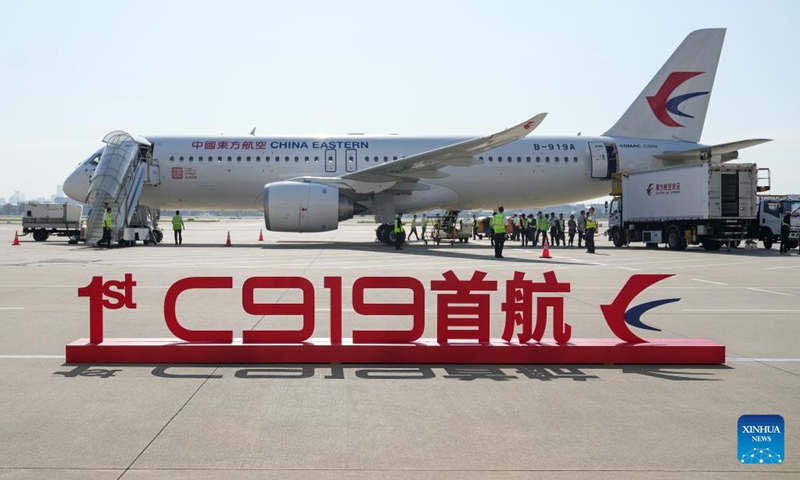
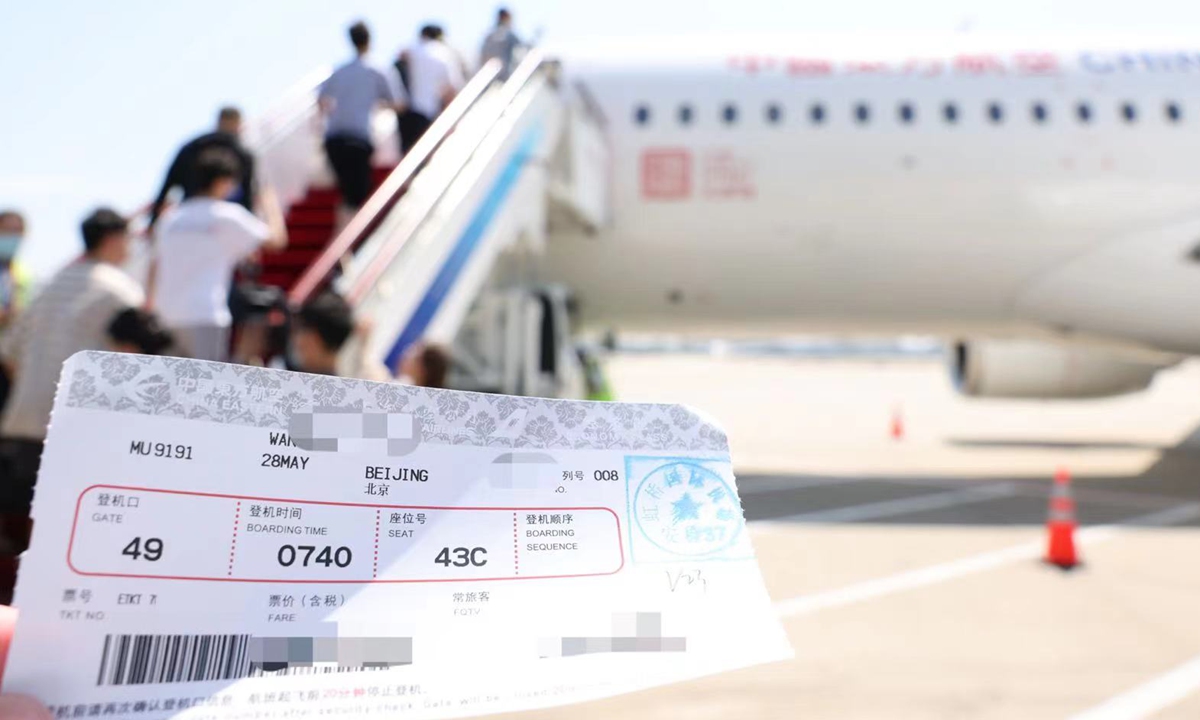
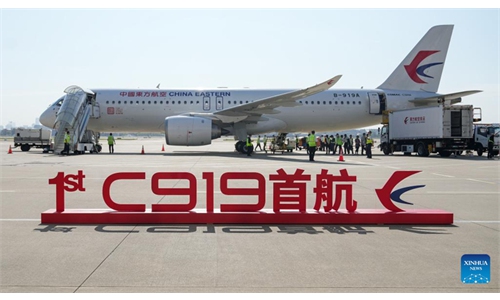








 Taoism Main page
Taoism Main page